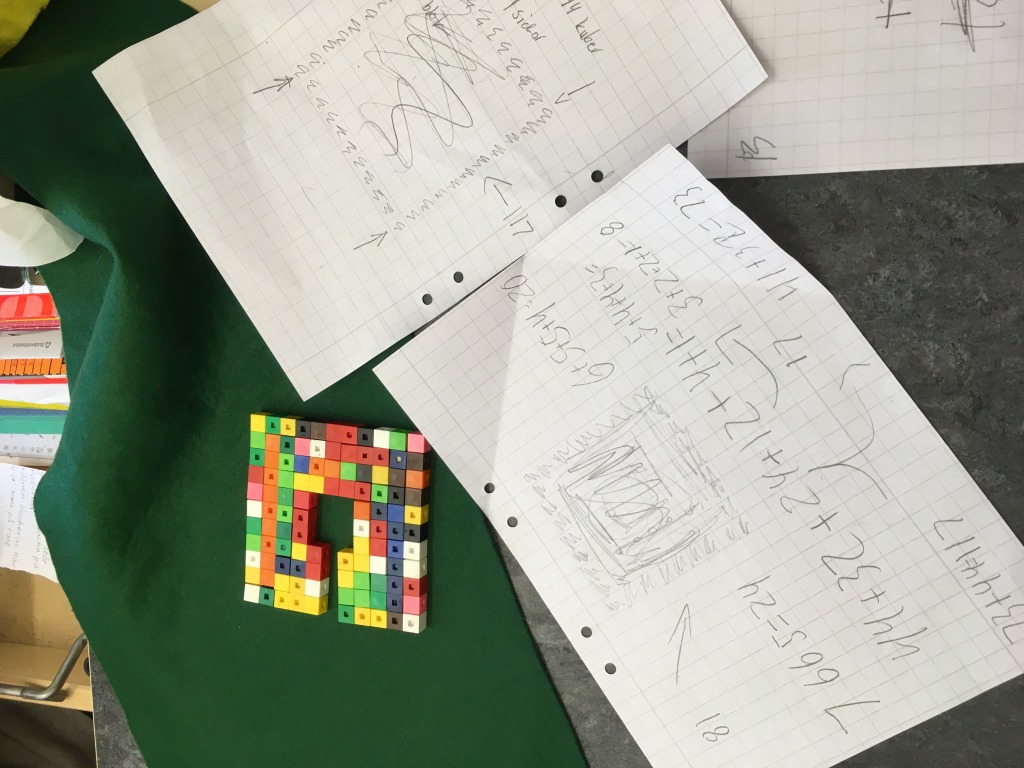I have previously mentioned that video and film in education are nothing new. But in recent years, digitalization has led to an explosive increase in the use of audiovisual learning materials of various kinds.
There are those who claim that video is an overly passive teaching material, and it definitely can be. A video created without any knowledge of media pedagogy, accessibility and engaging media concept has extremely poor conditions for acting as learning material.
Today, when most of us have access to a smartphone, we also have access to a video camera, microphone and an endless number of apps. However, this does not automatically make us photographers, video producers and media educators, etc. Sure, anyone can take a picture and film with their smartphone, but when the material ends up in the teaching instead of in the holiday album it can have very negative consequences for the education. If you do not know what constitutes “real” quality in a video, it is almost impossible to succeed.
Quality?
This quality I often talk about is not about HD-quality and pixels, it is less important in this context. Instead, it is about accessibility, media pedagogy and creating engaging educational videos for our students.
Can anyone produce a video for their teaching?
Absolutely! It is no more difficult than learning to use Powerpoint for teaching. But now you have to learn new things – for example a proper video editing program, film and record audio with a smartphone, and most importantly, learn how to produce a learning material that is accessible, media pedagogical and engaging. Everything else is just a waste of time and an unnecessary risk-taking with students’ learning and educational quality.
Can an educational video make a difference?
I recently received feedback from a Swedish teacher who let her students see one of the The Learning Lab show’s videos, in combination with physical labs and assignments in the classroom.
“Thanks for a good show – it took a whole hour to try to solve the two tasks. And as I wrote in the facebook-group, there were several who further thought how much is takes for the entire pyramid, what the pattern looked like for the number of cubes for every lap etc. Good also that we didn’t use a ruler so they realised that if the cube is 1 cm it means that 11 cubes is as much as 11 cm. It was even a student who wondered where I bought the cubes because he wanted to build at home as well. And a girl wanted to take it home over the weekend to figure out the volume of the entire pyramid minus the burial chamber – if the burial chamber in the model was three cubes high… So thank you! “ (Åsa Hagström, teacher, Göthrik’s school, Varberg, Sweden)



I firmly argue that a video produced with some care and in a media educational way can definitely help students become a little extra interested in a subject – and that little extra can sometimes do wonders for motivation and learning!

